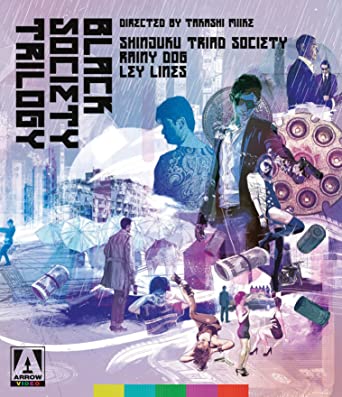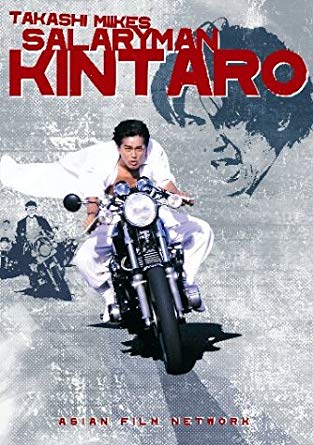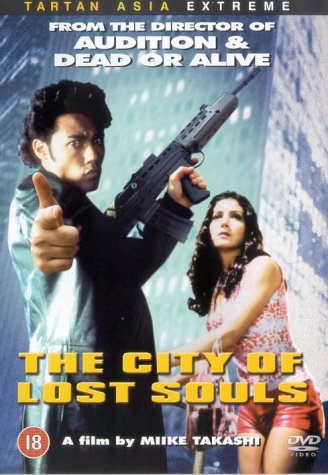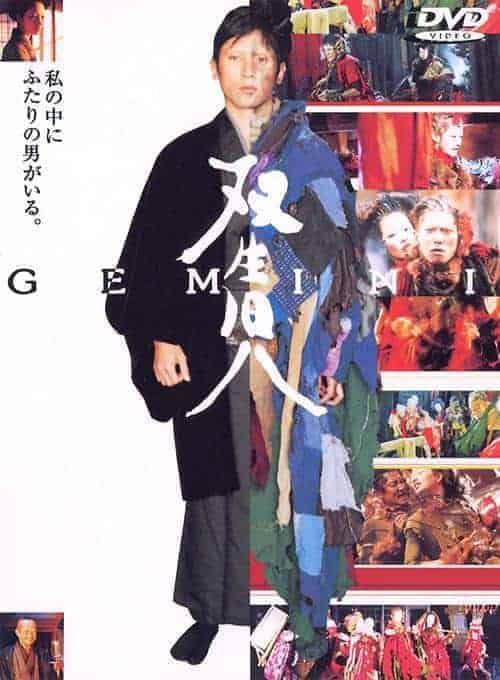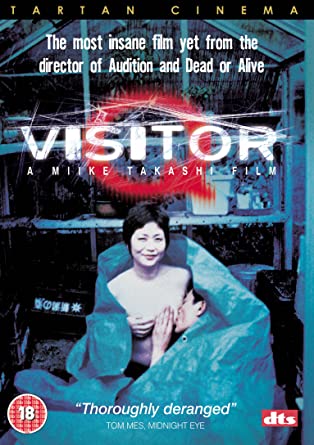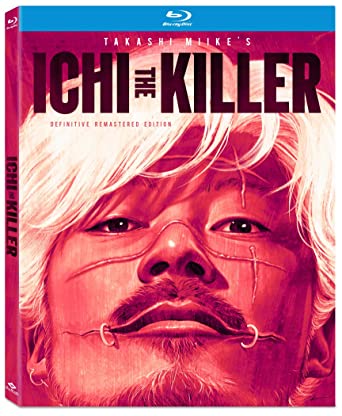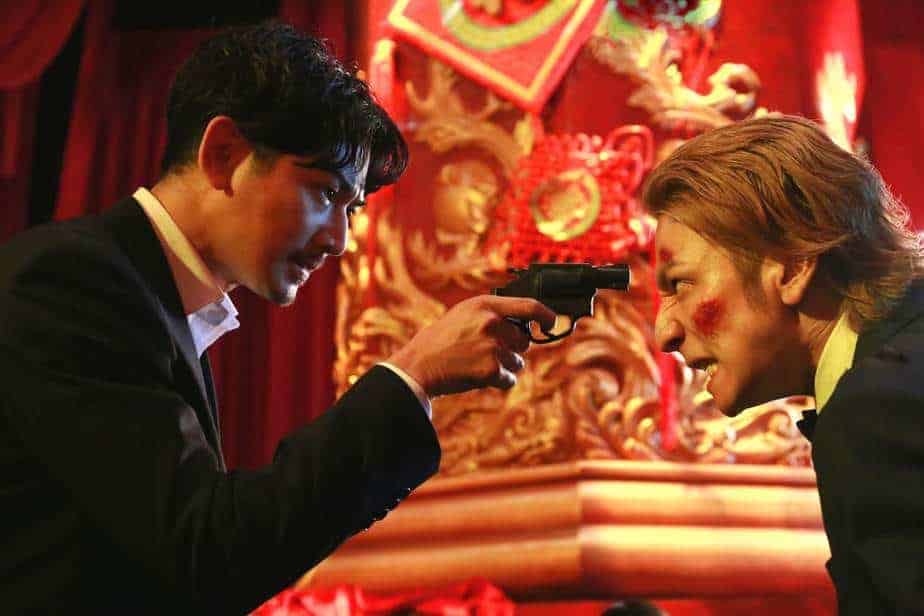31. Ley Lines (1999)
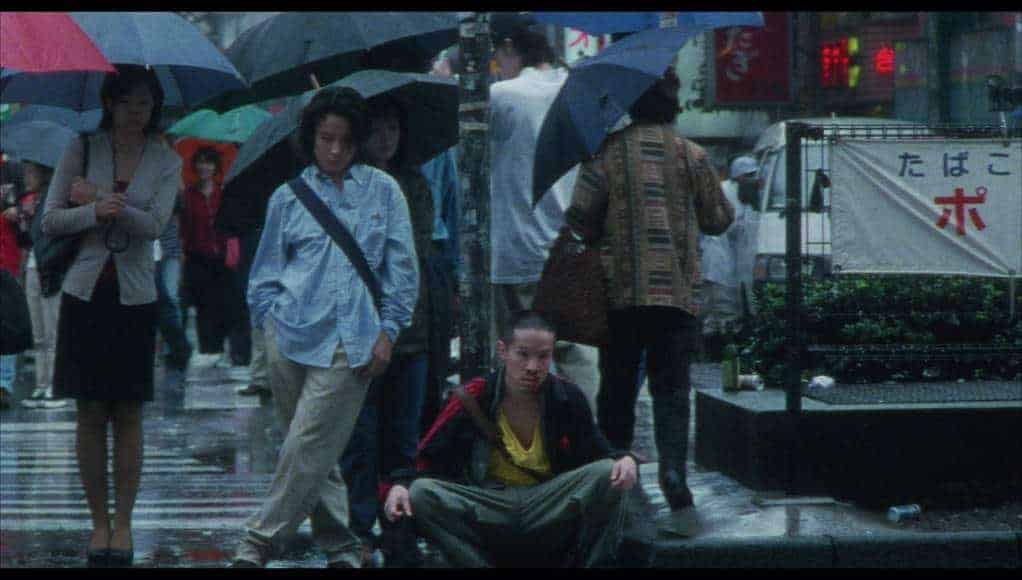
“Ley Lines” shows us the hardships of life of immigrants and the almost impossible decisions they are forced to make. In an early scene, we see the young man refused his immigration papers because he is on probation. The characters seem to be trapped in a no-win situation and downwards spiral of poverty and crime brought on by their immigrant status. At every turn, characters are struggling, either for money, to get a passport, and face the constant threat of assault. At the end of the film, you have sympathy for the main characters. “Ley Lines” is an thrilling ride with a strong social conscience and a fitting conclusion to a trilogy of films that are sure to stand the test of time as among the greatest of Japanese crime dramas. (Matthew Cooper)
Buy This Title
on Amazon by clicking on the image below
32. Salaryman Kintaro (1999)

Given the kind of contract work “Salaryman Kintaro” seems to be, this sequence sums up the kind of aesthetics and storytelling you will receive in the film. In the same year, Miike would make “Dead or Alive” and “Ley Lines”, “Salaryman Kintaro” is a very generic film with a message as one-dimensional as the character it shows. There is neither irony nor hidden agenda, and to make matters even worse, there is no hint of this being a film from the same director who made the aforementioned titles. Ironically, “Salaryman Kintaro” feels like a salary, a paycheck to make something else and, to be honest, something far better than this dull entry into his body of work. (Rouven Linnarz)
Buy This Title
on Amazon by clicking on the image below
33. Dead or Alive (1999)

The film is filled with raw energy, and moves fast but with a visual force you can only succumb to, which leads its audience to the highest peaks of cult entertainment. This trait can be attributed to both Yasushi Shimamura's fast editing and Hideo Yamamoto's intense cinematography, which fills the screen with colors and presents the violence in a way that lingers between the manga and the exploitation film. However, there is another trait, both visual and contextual, that makes the film stand out. The various calm moments, as presented in the sequences where Ryuichi's group spends time in a beach harboring the shallow graves of fallen comrades or the ones where Jojima is at home with his wife, are of equal value with the frenzied ones, and are the ones that elevate the film much above your regular exploitation one. Particularly in the former sequences, the visuals are impressive, as is the comment about comradeship and loss Miike communicates. I dare say that this aspect bares similarities with Kitano movies, and particularly “Hanabi”, where the very violent characters are frequently presented in calm scenes, showing their sensitive side. (Panos Kotzathanasis)
Buy This Title
on Amazon by clicking on the image below
34. Dead or Alive 2: Birds (2000)
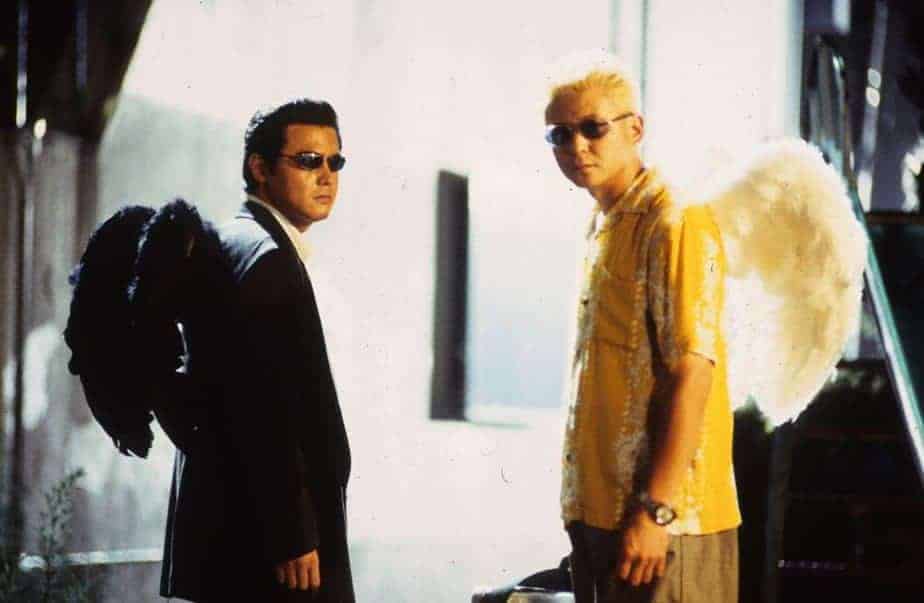
“Dead or Alive 2: Birds” is the most “tame” part of the trilogy, but also a film that highlights Miike's ability to direct (or include elements of if you prefer) movies that are not based on violence or the extreme, but manage to present their comments through beauty and character development, for a part at least. (Panos Kotzathanasis)
Buy This Title
on Amazon by clicking on the image below
35. The Guys from Paradise (2000)
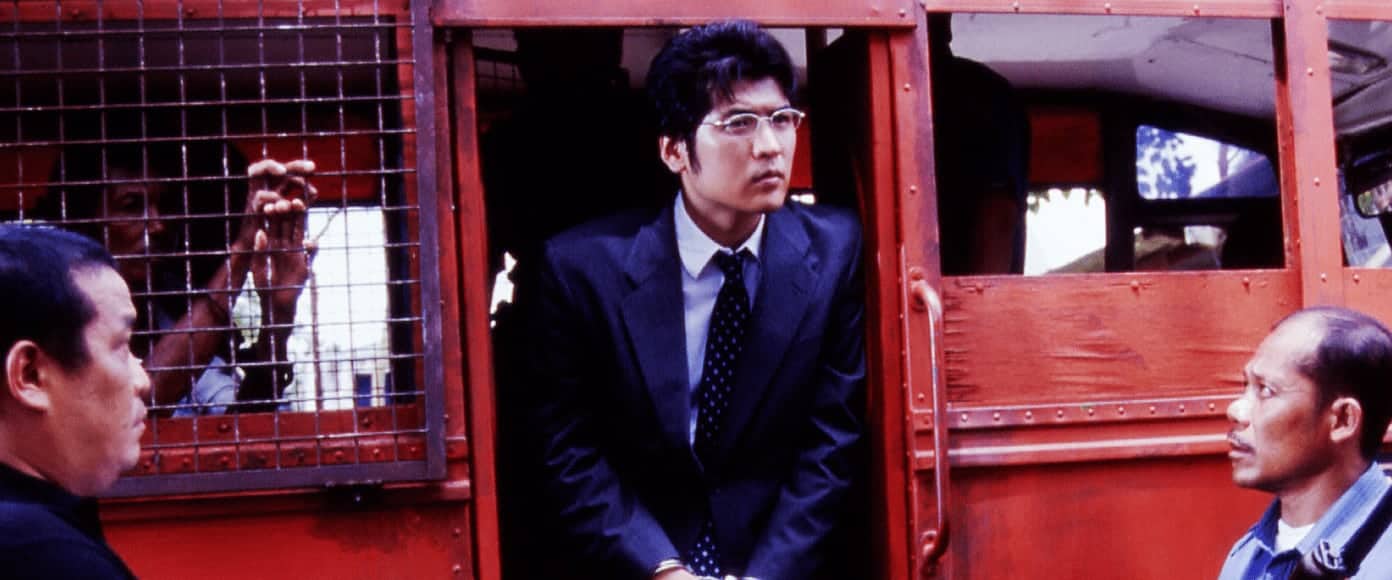
Overall “The Guys from Paradise” is another gonzo by the renowned filmmaker who directed three others movies and a six-part TV mini-series in that same year. Film critic, Mark Schilling, may be right when comparing Miike's output with the legendary Seijun Suzuki, whose Yakuza flicks also made no compromise in terms of violence. Nevertheless, this production sticks out because of its unusual setting and the conflict between cultures. (Alexander Knoth)
Buy This Title
on Amazon by clicking on the image below
36. The City of Lost Souls (2000)

On a technical level, the film does showcase Miike trying to utilize different film effects, messing with colour as well as some hand held shots. None of these act consistently enough to become part of the aesthetic and instead just act as a needless distraction. Luckily, these shots don't interfere with the action scenes which are well executed. The soundtrack leaves a good impression and does a good job of matching the frenetic pace of the films action. The location work in the film seems a bit off, while employing a diverse cast across different cultures, everything seems so claustrophobic. (Adam Symchuk)
Buy This Title
on Amazon by clicking on the image below
37. MPD Psycho (2000)

Evidently, in 6 hours of an extremely complicated case that touches, additionally, both technology and the supernatural, there are times where the control becomes completely lost, although Miike, to his credit, always manages to put it back on track. The result is definitely captivating, although quite heavy (the series is definitely not one to be binge -watched), with the first part owing equally much to Miike's direction, the case, the character creation and the acting. (Panos Kotzathanasis)
Buy This Title
on Amazon by clicking on the image below
38. The Making of Gemini (2000)
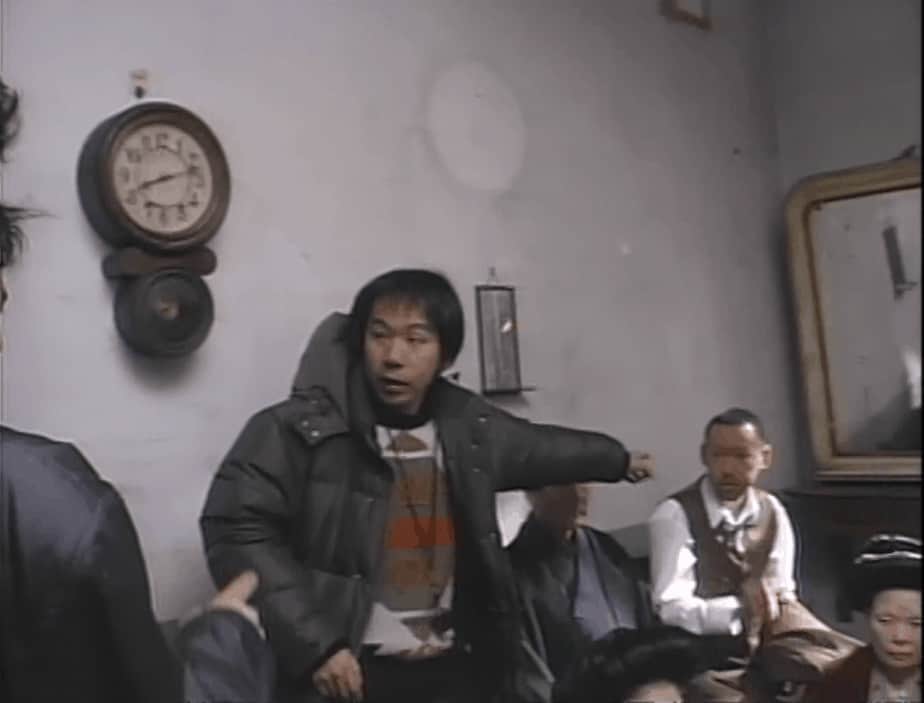
In a bit over 16 minutes, the film does not show much about the actual atmosphere of Tsukamoto's sets, but through a rather fast pace, manages to depict as much of his technical procedure as possible. Furthermore, the two sequences accompanied by music are quite entertaining to watch, and the end product is definitely interesting. Too bad that we could not watch a more extensive effort. (Panos Kotzathanasis)
Buy This Title
on Amazon by clicking on the image below
39. Visitor Q (2001)
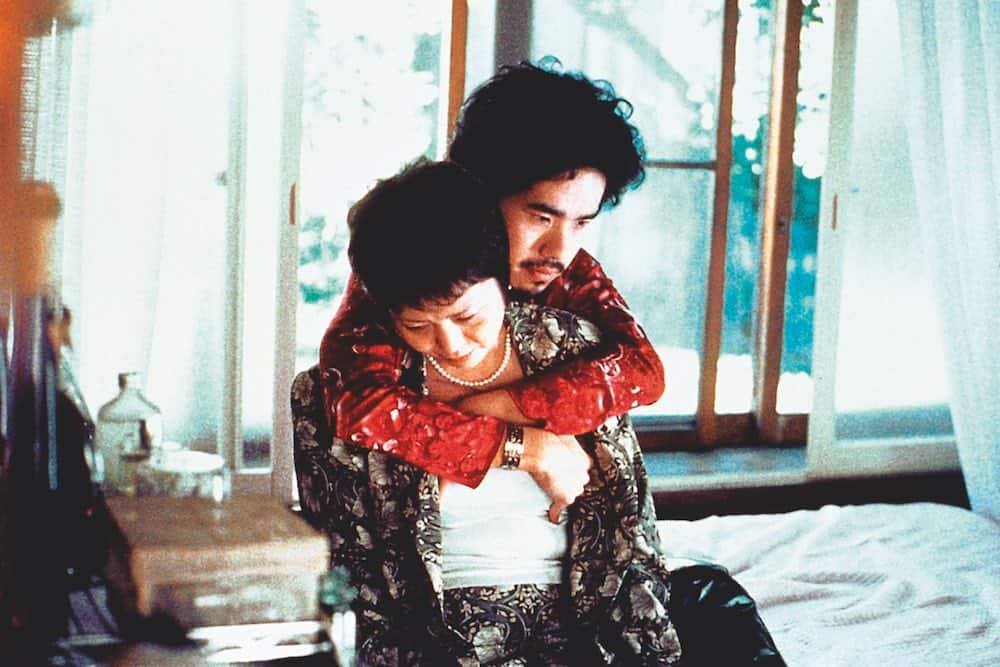
Miike incorporates in “Visitor Q” the aesthetics of a reality show, thus resulting in a film that resembles an experiment of what would happen if he were to direct a sitcom. He presents an inordinately problematic family, whose members still appear to function in an orderly fashion, where each one plays a role, without ever questioning the obvious pervasiveness of each other. (Panos Kotzathanasis)
Buy This Title
on Amazon by clicking on the image below
40. Ichi the Killer (2001)
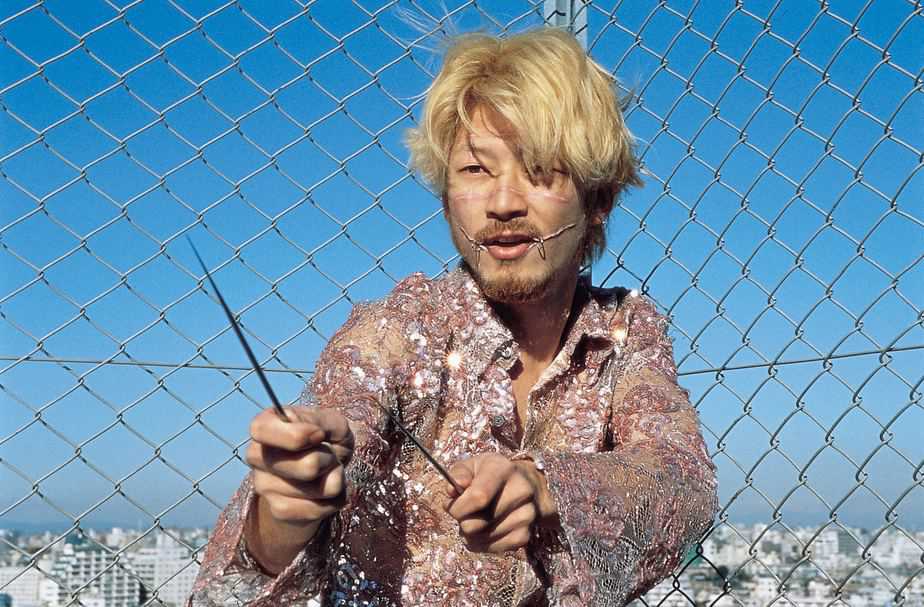
Takashi Miike has largely based his filmography on the exploration of humans' darkest instincts and the graphic depiction of violence resulting from them. “Ichi the Killer” is a characteristic sample of this tendency and one of the most violent films ever shot. As the story revolves around a psychotic, extremely brutal killer and a sadomasochistic Yakuza underboss, Miike presents a movie where good, as a concept, is absent and every character seems to be paranoid. His aim is evident from the beginning of the movie; as violence is not simply a factor, it is the sole and ultimate goal. (Panos Kotzathanasis)


